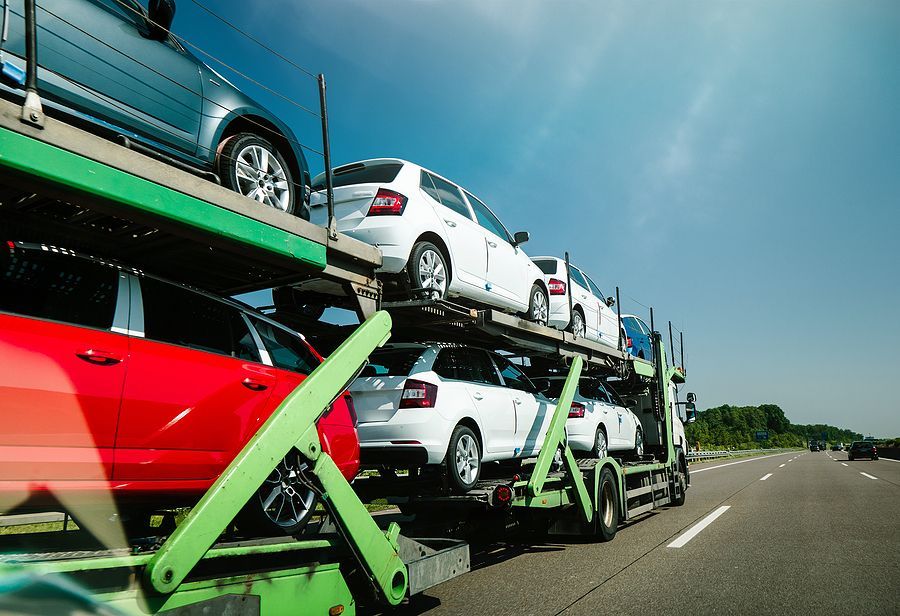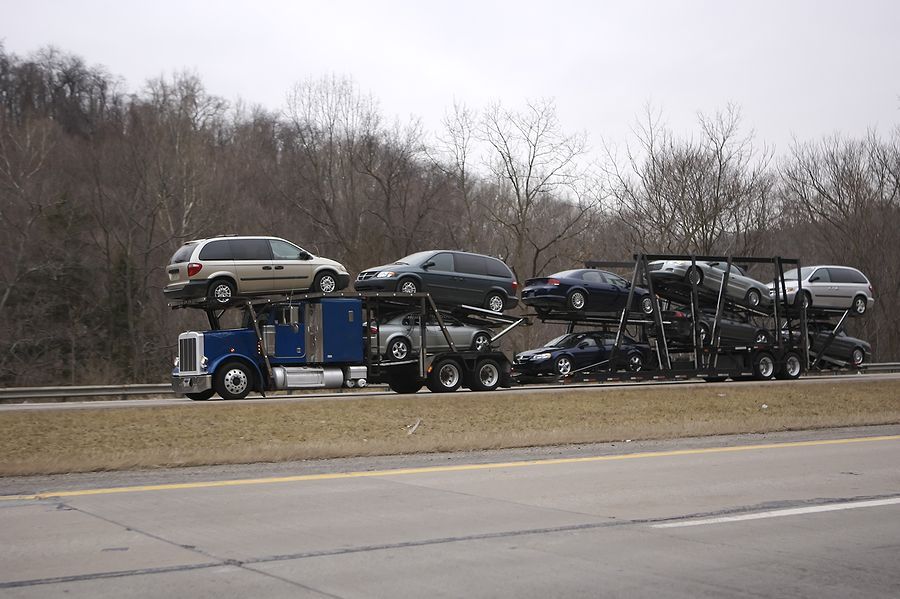Blog

How Much Does it Cost To Ship My Car?
At 25/8 Hauling we constantly fine tune our shipping prices based on these 4 factors below:
-
Size of the Vehicle
Larger vehicles take up more space and weigh more, leading to higher shipping rates due to increased fuel costs, limited carrier capacity, and special handling requirements. Additionally, they may require specialized carriers and higher insurance coverage, further raising the cost.
-
The distance of the transport
Distance affects auto hauling rates due to higher fuel, labor, and maintenance costs, as well as increased insurance and logistical complexities over longer routes. Additionally, supply and demand, along with the potential for empty return trips, further influence the overall shipping cost.
-
Whether the vehicle runs
If the vehicle runs, it can be easily driven onto and off the transport trailer, reducing the time and effort required for loading and unloading. Non-running vehicles, however, require special equipment like winches or forklifts, which increases the labor and complexity, leading to higher shipping rates.
-
Timing and seasonal factors
Seasonal and timing factors affect shipping rates for car hauling because demand fluctuates throughout the year. For example, during peak moving seasons, such as summer or around holidays, there’s higher demand for auto transport, which drives up prices. Additionally, weather conditions can impact the availability of carriers and routes; harsh winter conditions might limit routes or slow down transport, increasing costs due to the added risks and delays.
Contact Us
We will get back to you as soon as possible.
Please try again later.


